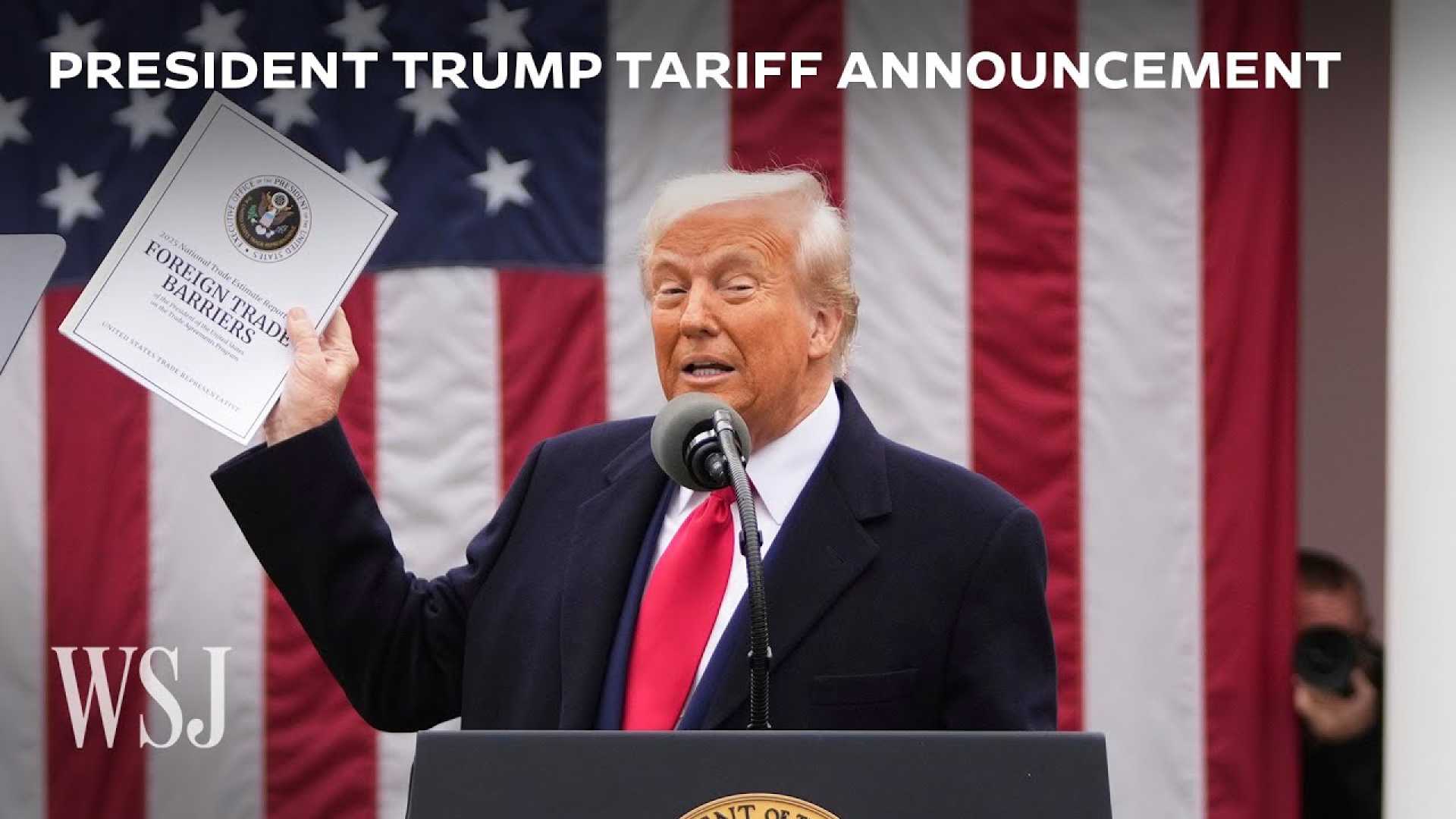Business
Trump Unleashes Historic Tariffs, Threatening Global Trade Stability

WASHINGTON, D.C., April 4, 2025 — President Donald Trump announced sweeping tariffs on imports Wednesday, introducing a base rate of 10% on all goods entering the United States, set to take effect on April 5, 2025. This plan could escalate into a global trade war, impacting approximately 60 countries and trading blocs with even higher rates, including a staggering 34% tariff on imports from China.
In 2024, China and the European Union accounted for nearly 25% of all U.S. imports. Under the new tariffs, the EU will face a 20% rate, while ASEAN nations such as Vietnam, Laos, and Cambodia will see even steeper rates ranging from 46% to 49%. These countries supply many consumer goods and textiles crucial to American markets.
Exemptions apply to Mexico and Canada, whose exports are still subject to a 25% tariff under the United States-Mexico-Canada Agreement, though Canadian energy and potash are taxed at 10%. The new tariffs on these partner nations will not add to the product-specific tariffs already levied on steel, aluminum, and automobiles.
During the announcement, Trump dubbed the tariffs “reciprocal,” asserting the rates correspond to what these countries charge the U.S. Regarding their impact on American trade, he emphasized the need to factor in currency manipulation and other trade barriers. However, economic analysts suggest that the reciprocal formula—trade deficits divided by exports to the U.S., halved—leads to disproportionately high rates for some countries.
For instance, the U.S. recorded a $295.4 billion trade deficit with China in 2024, resulting in the calculated 34% tariff rate set to launch on April 9. Lesotho, with a mere $234 million trade deficit with the U.S., finds itself facing the highest reciprocal tariff at 50% due to the inflated calculation method, noted Mike O’Rourke of Jones Trading.
The potential fallout of these tariffs reverberated through global markets, with Japan’s Prime Minister Shigeru Ishiba declaring a “national crisis” following heavy losses in Tokyo’s stock market this week. JP Morgan now estimates a 60% risk of a global recession by the year’s end, a jump from earlier predictions.
Trump’s tariffs mark the highest trade barriers seen in over a century. Analysts suggest that U.S. consumers could face inflated prices on essential goods, with high-end electronics, such as iPhones, projected to cost nearly $2,300 if companies pass on increased costs to buyers.
In response to the tariffs, global trading partners have expressed alarm. China vowed to retaliate against the new duties, while leaders from France, Japan, South Korea, and others have indicated they will reconsider trade policies as negotiations evolve.
U.S. Commerce Secretary Howard Lutnick stated on Thursday that the administration remains resolute in its stance, asserting that these tariffs are not merely negotiation tactics but a strategy to bolster American manufacturing. Trump reinforced this by suggesting that the tariffs provide “great power to negotiate.”
The imminent tariffs, combined with ongoing tension between key allies, pose threats not only to the economy but also to broader international relationships. Experts, however, are concerned that such measures could lead to increased inflation, consumer costs, and potentially alienate critical alliances in Asia.












